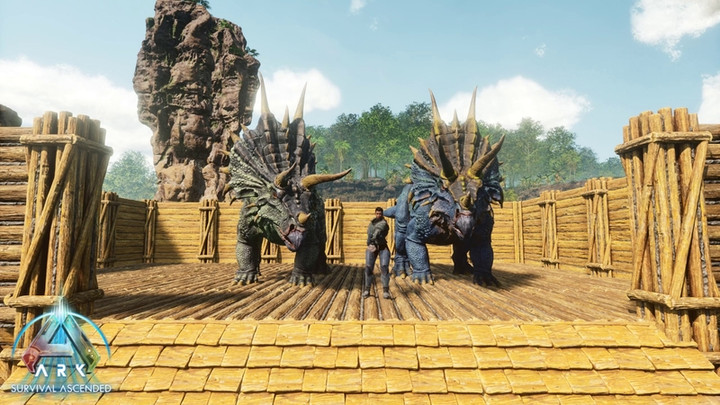Table of Contents
Breeding stands as a fundamental concept in many survival games featuring tameable creatures, and ARK Survival Ascended is no exception. However, navigating the intricate process of breeding can be daunting, especially since there are so many other mechanics and techniques you'll need to learn to survive on the island.
Fortunately, we've got you covered on that front. This guide will elucidate how breeding operates in ARK Survival Ascended and detail the care required for those adorable baby dinos until they mature enough to join your ranks. Without further ado, let's delve into the intricacies of breeding.
How To Breed Dinosaurs in ARK Survival Ascended
To begin with, let's explore the concept of breeding in ARK Survival Ascended. In simple terms, it's a feature that enables the mating of two creatures of the same type, resulting in fertilized eggs for non-mammals (oviparous reproduction) and initiating gestation in mammalian creatures (viviparous reproduction). Once the offspring is born, imprinting can be easily done through interaction, eliminating the need for taming.
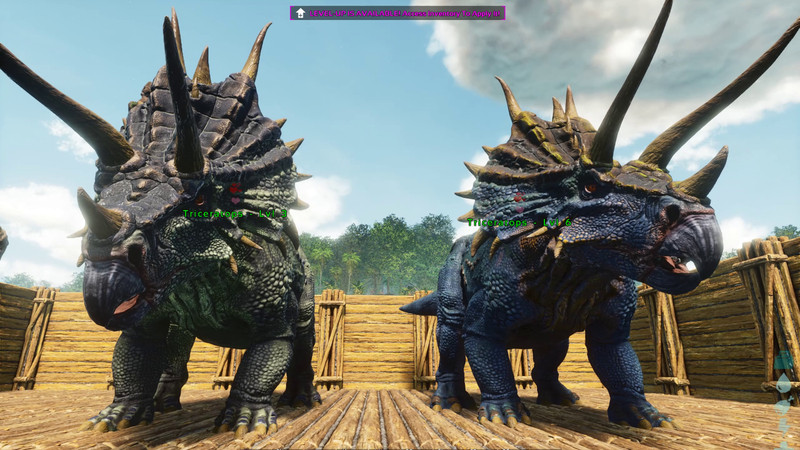
Now that we have covered the basics, let's break down the process of breeding creatures in ARK Survival Ascended into sections, starting with the prerequisites leading up to egg production or gestation.
Mating Requirements:
First and foremost, your creatures must be of the same species and opposite sex, extending to animal species compatibility. Both creatures should be within mating range, typically achieved by setting up a pen and setting "Mating" or "Wandering" in their menu. Disable any "Following" commands and ensure the creatures are not over-encumbered, mounted by other players, spayed/neutered, or currently on a mating cooldown due to recent egg laying or birthing.
Mating Process:
Once the conditions are met, the mating process begins automatically once both creatures are set to "Enable Mating", signaled by a small red heart icon over the mating couple's heads. Keep the mating animals close, as separation halts the process. Patience is key due to various factors affecting the duration, such as creature level, stats, server lag, and other game mechanics. Note that the mating process may reset due to reasons like overcrowding or storing creatures in Cryopods. After completion, mammals undergo gestation, while non-mammals produce fertilized eggs.
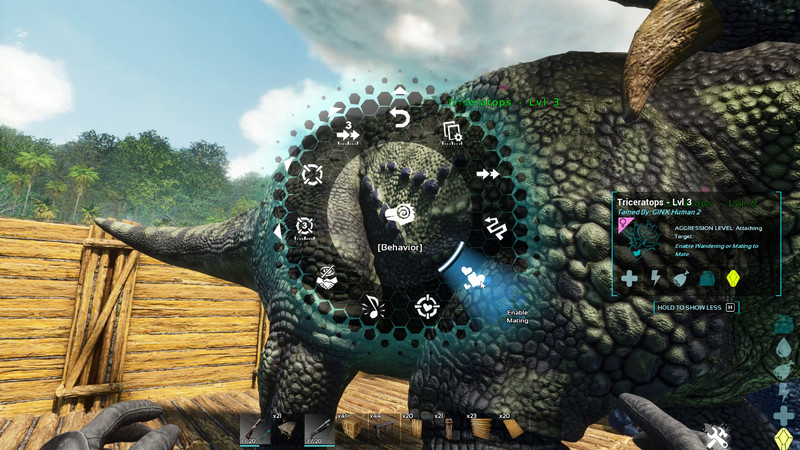
Additionally, certain creatures have specific conditions for mating:
- Royal Griffin: Mates with the opposite gender with a similar surname.
- Ferox: Requires the female to be at least 95% addicted as a small creature.
- Magmasaur: Mates when the female is submerged in lava in the Volcano Region.
- Megachelon: Mates at deep depths in the ocean.
- Beelzebufo: Mates in water.
- Diplocaulus: Mates in water.
Caring for and Raising Bred Dinosaurs:
Now that you have a fertilized egg or a pregnant dinosaur, the breeding process is halfway complete. Let's explore how to care for both the fertilized egg and the gestating mother to ensure a safe birth.
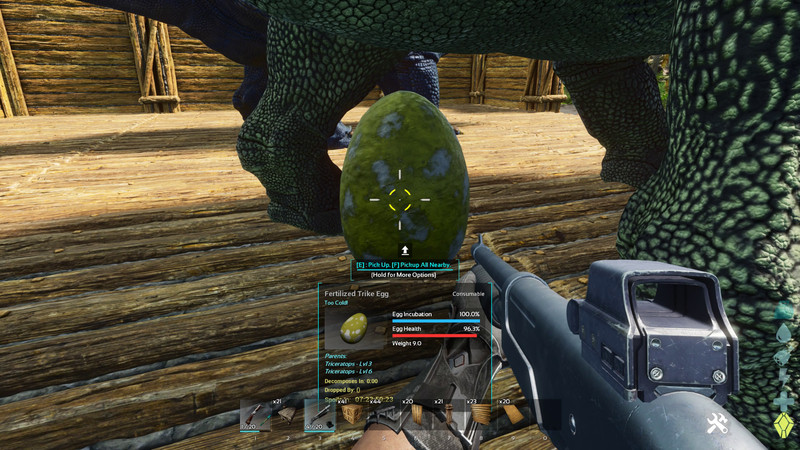
Hatching a Fertilized Egg (Non-Mammalian Breeding):
Fertilized eggs need specific temperatures for successful incubation. Place the egg indoors or in the wild, regulating temperature with sources like Air Conditioners. Failure to meet temperature requirements results in incubation interruption, leading to a decrease in "Fertilized Egg Health" and eventual loss of the egg if it reaches zero. If you're in the early game, use heat sources like Standing Torches, Torches, Campfires, Industrial Cookers, or stone fireplaces to regulate temperature until the egg hatches.
Birthing with a Gestating Dinosaur (Mammalian Breeding):
For a gestating dinosaur mother, the focus is on keeping her healthy and well-fed. Expectant mothers may consume double the usual food, so ensure they have ample access to food to avoid losing the baby. The mother will give birth when the gestation ends, and immediate attention is required for the newborn's survival. Attempting to Cryopod a gestating mother terminates the pregnancy, so avoid this unless necessary.
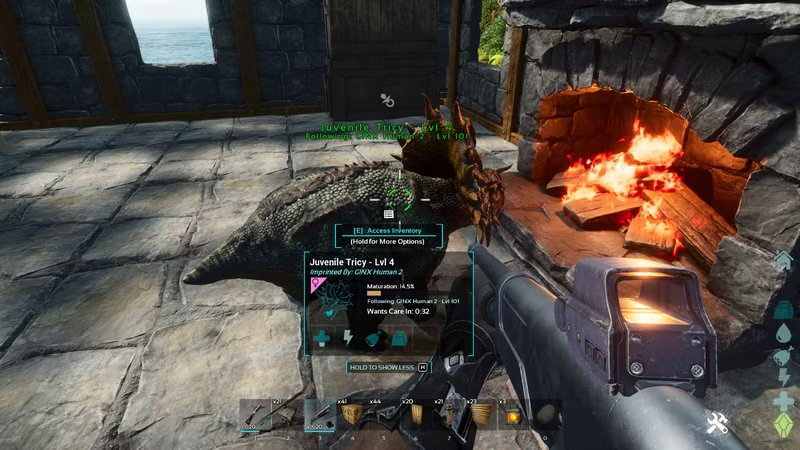
Once born, both viviparously and oviparously, babies require swift attention. They have low health, carrying capacity, and food, necessitating careful feeding and care. As they reach the Juvenile phase (10.1%), they can eat from a Feeding Trough or Tek Trough for a stable food supply. Maturation progress is displayed when examining the creature.
Babies dynamically gain more health, food capacity, and carrying capacity as they mature. Stock up on food before gestation or incubation, as babies eat quickly. Breeding requires time and dedication, but the rewards include adding powerful dinosaurs to your tribe. Now that you're well-informed, you're ready to embark on breeding your dinosaurs in ARK Survival Ascended.

 No ads, our video library,
No ads, our video library,
